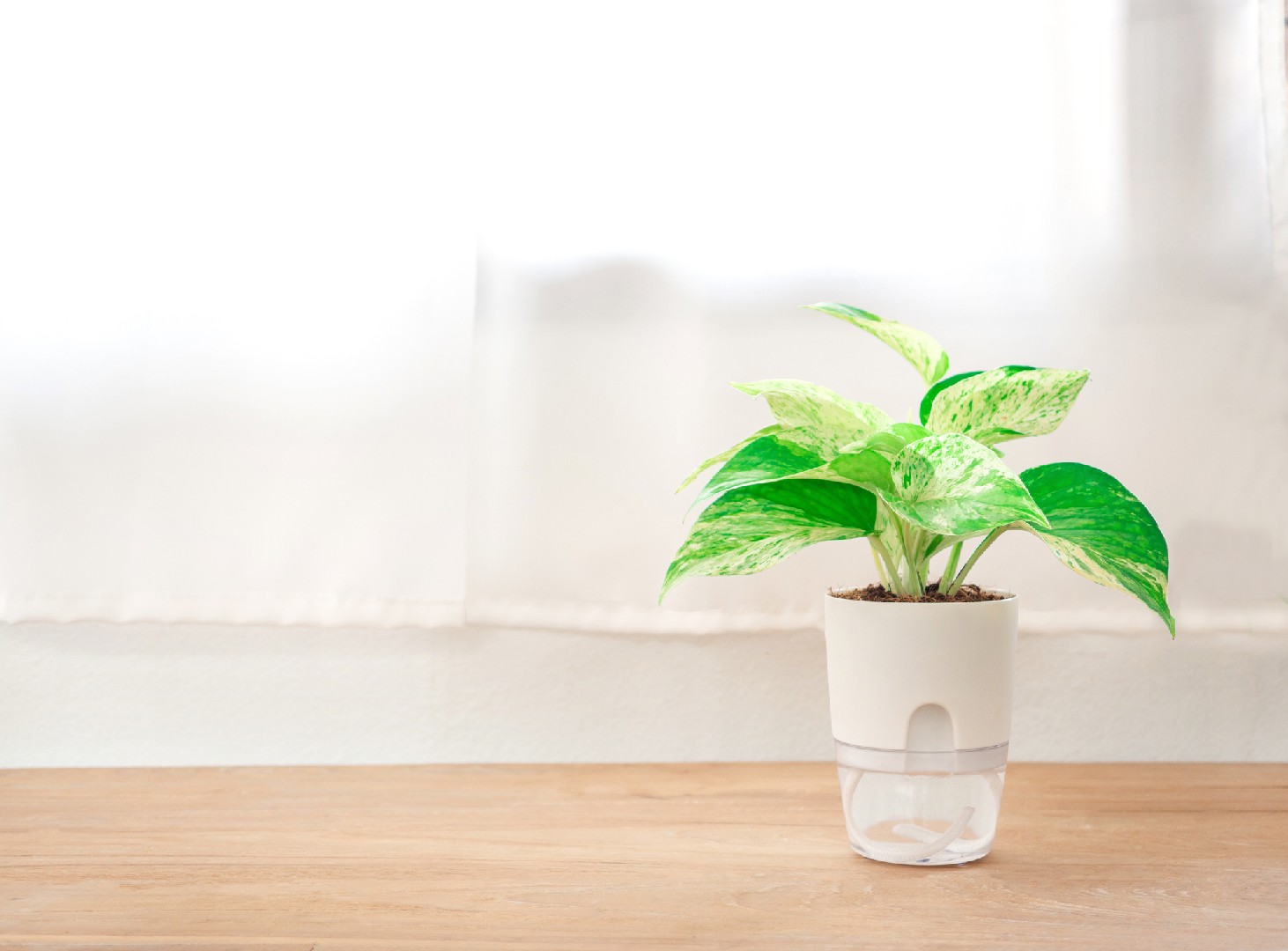![Rectangle]()
Choosing the Right Plants for Your Self-Watering Container
When it comes to choosing the right plants for your self-watering container, there are a few key insights and considerations to keep in mind. Understanding the plants suitable for self-watering containers is essential to ensure successful and simplified edible gardening.
Firstly, it is important to consider the watering needs of different plants. While self-watering containers can help regulate moisture levels, it is still crucial to select plants that have similar watering requirements. This will ensure that all the plants in your container receive the right amount of water, promoting their growth and overall health.
One group of plants that generally thrive in self-watering containers are herbs. These aromatic and flavorful plants are not only easy to grow but also well-suited for containers of all sizes. Herbs such as basil, parsley, mint, and rosemary can be grown successfully in self-watering containers, providing you with a fresh supply of culinary delights right at your fingertips.
Another group of plants that do well in self-watering containers are leafy greens. Plants like lettuce, spinach, and kale can be easily grown in these containers, ensuring a steady supply of nutritious and delicious greens throughout the year. Given their shallow root system, it is advisable to opt for wider and shallower containers for these plants.
Tomatoes, peppers, and strawberries are also excellent choices for self-watering containers. These fruit-bearing plants can thrive in these containers, allowing you to enjoy a bountiful harvest from a limited space. It is important to provide adequate support, such as tomato cages or trellises, for these plants to ensure proper growth and distribution of the fruit.
In addition to these specific plants, it is worth mentioning that many vegetables and fruits can be grown in self-watering containers. The key is to select plants that are compact, have a small root system, and can adapt well to container gardening. Examples include radishes, carrots, beans, and dwarf fruit trees.
By choosing the right plants for your self-watering container, you can create a thriving edible garden that requires minimal effort and time. Not only does this bring the magic of gardening to those with limited outdoor space, but it also provides a practical and convenient solution for busy individuals looking to grow their own food.
In conclusion, when selecting plants for your self-watering container, consider their watering needs and choose plants that are compatible. Herbs, leafy greens, tomatoes, peppers, strawberries, and many other vegetables and fruits can be successfully grown in self-watering containers. With proper care and attention, you can uncover the magic of self-watering containers for simplified edible gardening, enjoying the fruits of your labor in a convenient and efficient manner.





